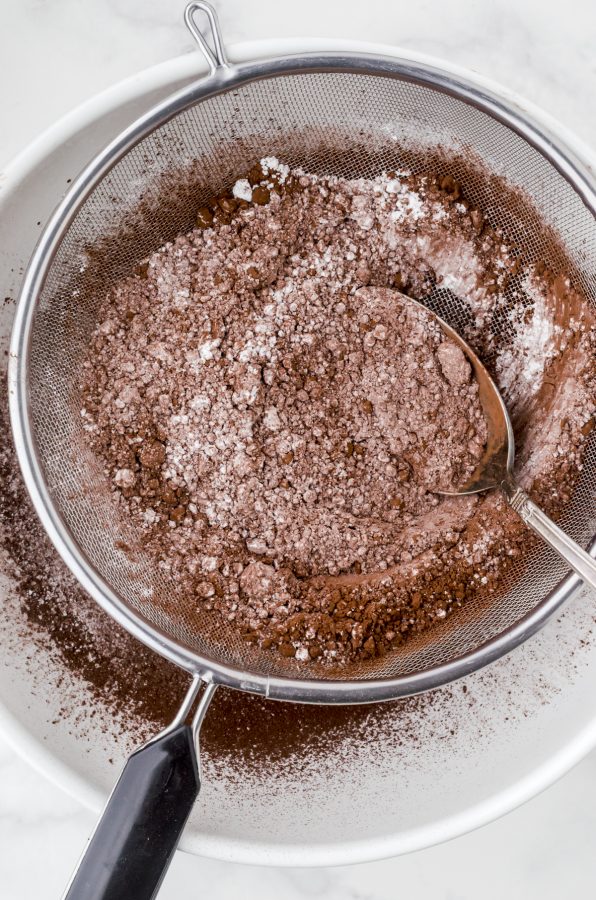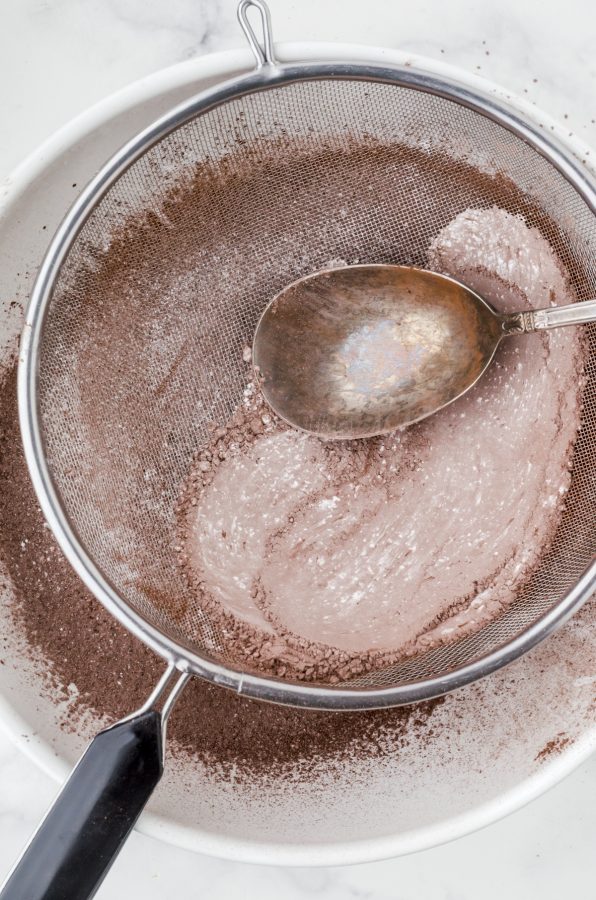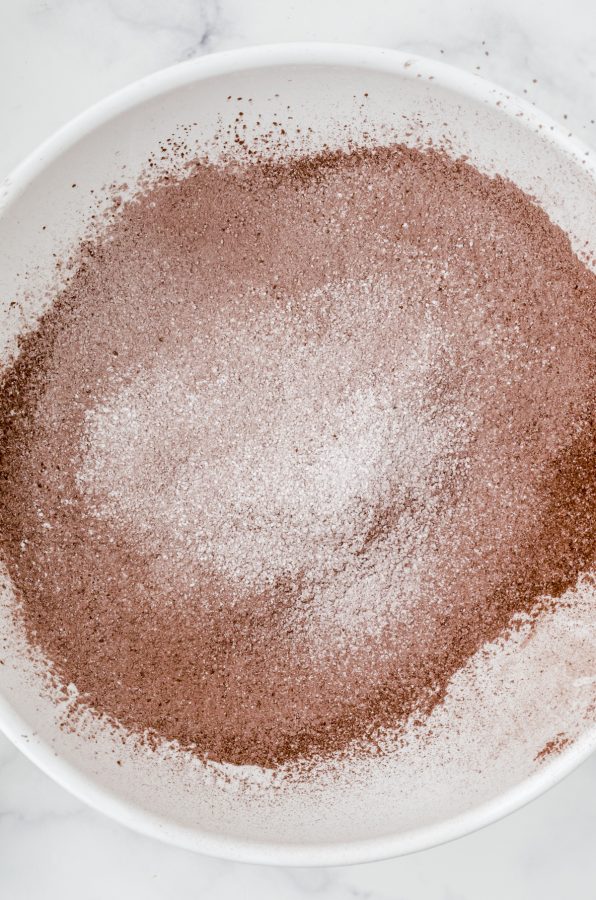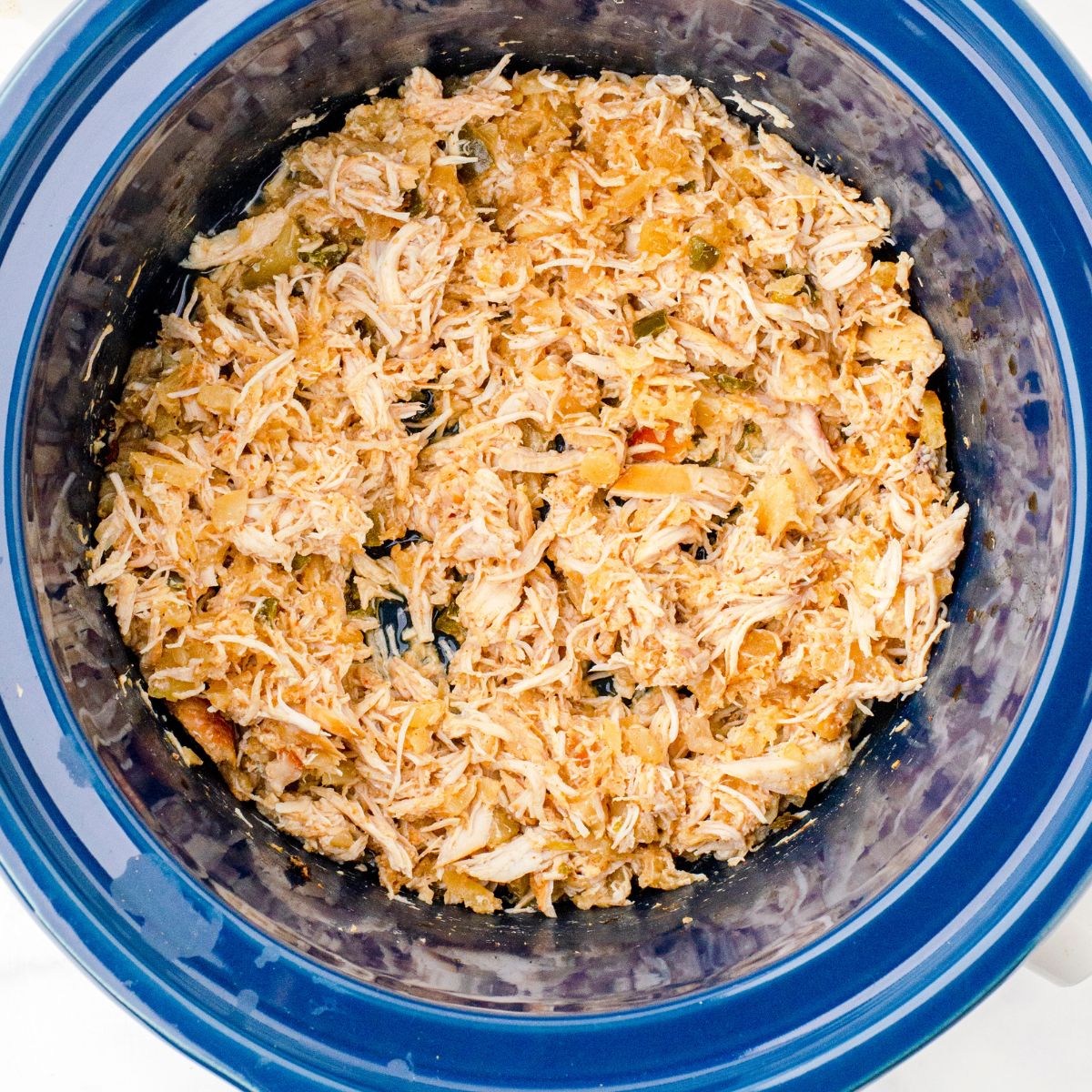How to Sift Flour Without a Sifter
“What do I do if a recipe calls to sift flour and I don’t have a sifter?”
Don’t worry. You don’t need to run to the store to get a new gadget if you don’t have a sifter. In fact I’ve found an alternative to traditional sifters that I love so much more!

Why do I need to sift flour?
One of the reasons a recipe may call for flour or dry ingredients to be sifted is to get the lumps out. As flour and other dry ingredients sit on our pantry shelves, the product can settle and form large clumps – even in an airtight container. Getting those lumps out can help our recipe batter turn out nice and smooth and yeild the best end result for our baking.
In addition, the main reason some recipes call for a sifting step is to add additional air into the dry ingredients so that they become light and fluffy and easier to mix into recipes like cake batter.
What are the types of traditional sifters?
Disclosure: This post contains affiliate links for your shopping convenience.
There are two main types of traditional sifters – manual crank sifters and a manual squeeze sifters. They were staples in my mom’s kitchen, but I realized I didn’t have one when I needed to sift together dry ingredients for a layer cake I was making the other day!
Ways to sift without a sifter
There are different ways of sifting flour without a sifter that still have similar results. Here are the most common methods – that also work with other dry ingredients such as confectioners’ sugar, brown sugar, and cocoa powder.
1.Use a fine-mesh strainer
The easiest way to sift flour without a sifter is to use a fine mesh strainer. Place it over a large bowl and pour flour (or whatever dry ingredients you are sifting) into it. Gently shake the strainer back and forth & side to side over the bowl. As the flour (or other dry ingredient) passes through the fine mesh, it becomes a delicate texture. Press the small clumps that form in the mesh bottom of the strainer with a back of a wooden spoon to break up the lumps.
I find a large fine-mesh strainer is the fastest way to sift dry ingredients, and is much easier than a clunky sifter. In fact, I saw the idea when I was watching a professional chef on tv. Another advantage to this method is that it is so much easier to clean.


2.Use a balloon whisk
If you don’t have a sifter or a fine strainer – here’s a kitchen hack for sifting dry ingredients: Use a wire whisk.
Simply use a whisking motion in a large mixing bowl with the dry ingredients. The tines of the whisk will break up the larger particles and add in air all at the same time.

When to measure sifted flour
Sometimes it’s confusing to know when to measure sifted flour. Do you measure it before or after it’s sifted for an accurate measurement?
The answer to when to measure is given in whatever recipe you’re following. If it says “2 cups of flour”, it is referring to unsifted flour and doesn’t need any sifting at all. Most recipes these days call for all purpose flour which doesn’t require sifting anymore, as the flour we buy in our store has already been sifted many times during processing.
However, if a recipe calls for “2 cups sifted flour”, then measure it after sifting.
Other Kitchen Hacks and Tips:
- How to freeze cake for easy icing
- Wax paper verses parchment paper
- How to use parchment paper safely in your kitchen







DON’T MISS A THING!
Join my list for more ideas for you and your home…